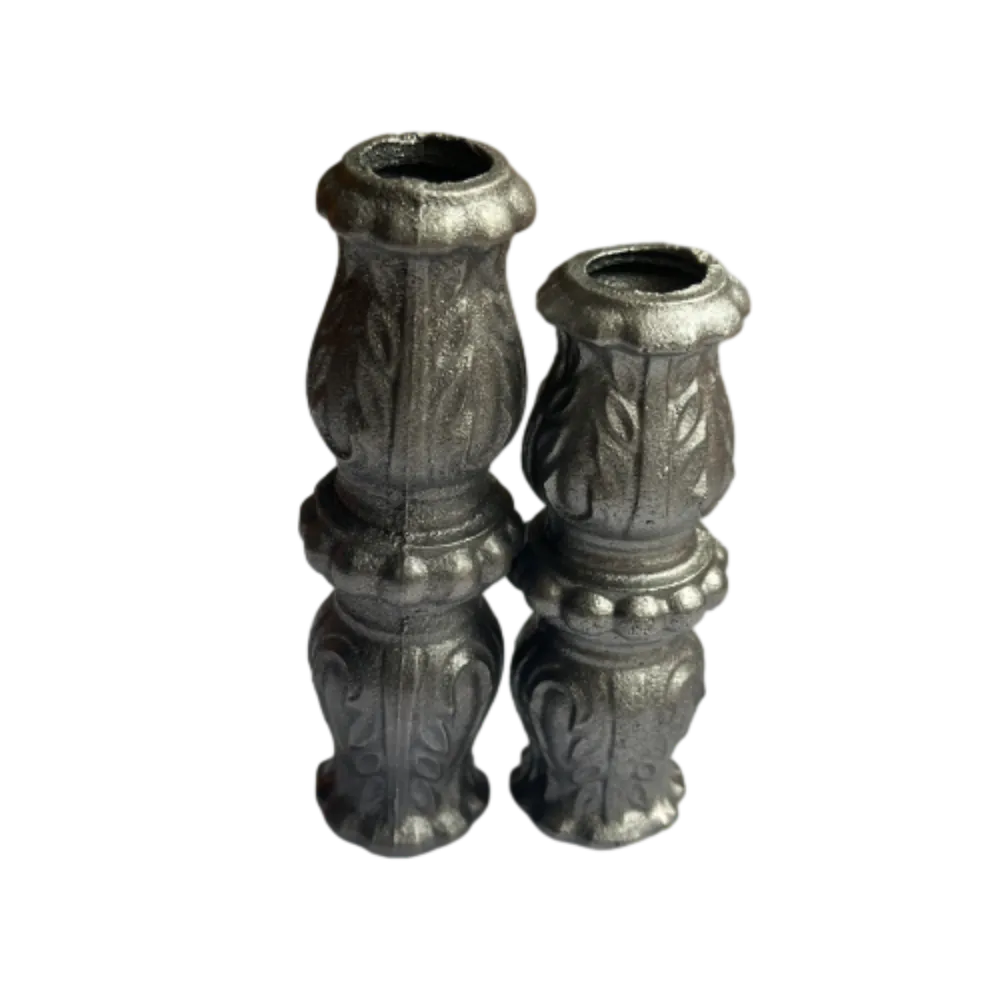cast iron balls
The Versatility of Cast Iron Balls A Historical and Modern Perspective
Cast iron balls have woven their way through a rich tapestry of history, technology, and industry, showcasing their remarkable versatility and utility across various applications. From ancient warfare to contemporary engineering, these seemingly simple objects have played a significant role in various fields.
Historically, cast iron balls were predominantly used in warfare. During the medieval period, these spheres were often molded into cannonballs, used by artillery in sieges and battles. Their dense composition allowed them to maintain momentum and penetrate enemy fortifications, making them formidable weapons. The advent of the cannon transformed military strategies and the cast iron ball became a symbol of power during this time. Armies would stockpile these munitions in preparation for conflicts, and their production was a vital aspect of a nation’s defense capabilities.
The process of creating cast iron balls involves melting iron and pouring it into molds, a technique that dates back to ancient China and later gained traction in Europe. This method allowed for the mass production of uniform spheres, ensuring consistency in size and weight, which was crucial for their effectiveness as projectiles. The use of iron over other materials, such as stone, was a game-changer since iron balls were not only heavier but could also be manufactured with greater precision.
As technology advanced, the use of cast iron balls extended beyond military applications. In the industrial age, they became integral to the mining and milling industries. Specifically, cast iron balls were employed as grinding media in ball mills. In this capacity, they are used to crush and grind ores, minerals, and other materials, aiding in the extraction and refining processes of valuable resources. The efficiency of these grinding operations was significantly enhanced by the introduction of cast iron balls, as their durability and density provided superior performance compared to other materials.
cast iron balls

In addition to their industrial significance, cast iron balls have also found a place in recreational activities. A notable example is their use in some traditional sports. For instance, cast iron balls serve as the standard in the sport of shot put. Here, athletes strive to propel the heavy sphere as far as possible, showcasing both strength and technique. The inclusion of cast iron in this context highlights not only its physical properties but also its cultural significance, where such materials become intertwined with human pursuit of excellence.
Furthermore, in recent years there has been a resurgence in interest surrounding cast iron products for everyday use. Despite the advancements in materials science, the charm of cast iron cookware has captivated chefs and culinary enthusiasts alike. Cast iron skillets and pots are celebrated for their ability to retain and evenly distribute heat, enhancing the cooking process. This trend has led to the re-discovery of cast iron’s advantages in the kitchen, linking back to its historical roots where cookware was crafted from the weighty, resilient material.
Today, as sustainability becomes a global imperative, the longevity and durability of cast iron balls also resonate with contemporary values. Their ability to withstand wear and tear means that, with proper care, they can serve multiple generations without needing replacement.
In conclusion, the journey of cast iron balls from ancient artillery to modern industry and recreation reflects a fascinating evolution. Their unique properties have bestowed upon them a variety of roles, demonstrating that even the simplest forms can have a profound impact across time and disciplines. As we move forward, the legacy of cast iron balls continues to inspire innovation and appreciation for what these elemental objects represent in human ingenuity.
-
Wrought Iron Components: Timeless Elegance and Structural StrengthNewsJul.28,2025
-
Window Hardware Essentials: Rollers, Handles, and Locking SolutionsNewsJul.28,2025
-
Small Agricultural Processing Machines: Corn Threshers, Cassava Chippers, Grain Peelers & Chaff CuttersNewsJul.28,2025
-
Sliding Rollers: Smooth, Silent, and Built to LastNewsJul.28,2025
-
Cast Iron Stoves: Timeless Heating with Modern EfficiencyNewsJul.28,2025
-
Cast Iron Pipe and Fitting: Durable, Fire-Resistant Solutions for Plumbing and DrainageNewsJul.28,2025
-
 Wrought Iron Components: Timeless Elegance and Structural StrengthJul-28-2025Wrought Iron Components: Timeless Elegance and Structural Strength
Wrought Iron Components: Timeless Elegance and Structural StrengthJul-28-2025Wrought Iron Components: Timeless Elegance and Structural Strength -
 Window Hardware Essentials: Rollers, Handles, and Locking SolutionsJul-28-2025Window Hardware Essentials: Rollers, Handles, and Locking Solutions
Window Hardware Essentials: Rollers, Handles, and Locking SolutionsJul-28-2025Window Hardware Essentials: Rollers, Handles, and Locking Solutions -
 Small Agricultural Processing Machines: Corn Threshers, Cassava Chippers, Grain Peelers & Chaff CuttersJul-28-2025Small Agricultural Processing Machines: Corn Threshers, Cassava Chippers, Grain Peelers & Chaff Cutters
Small Agricultural Processing Machines: Corn Threshers, Cassava Chippers, Grain Peelers & Chaff CuttersJul-28-2025Small Agricultural Processing Machines: Corn Threshers, Cassava Chippers, Grain Peelers & Chaff Cutters












